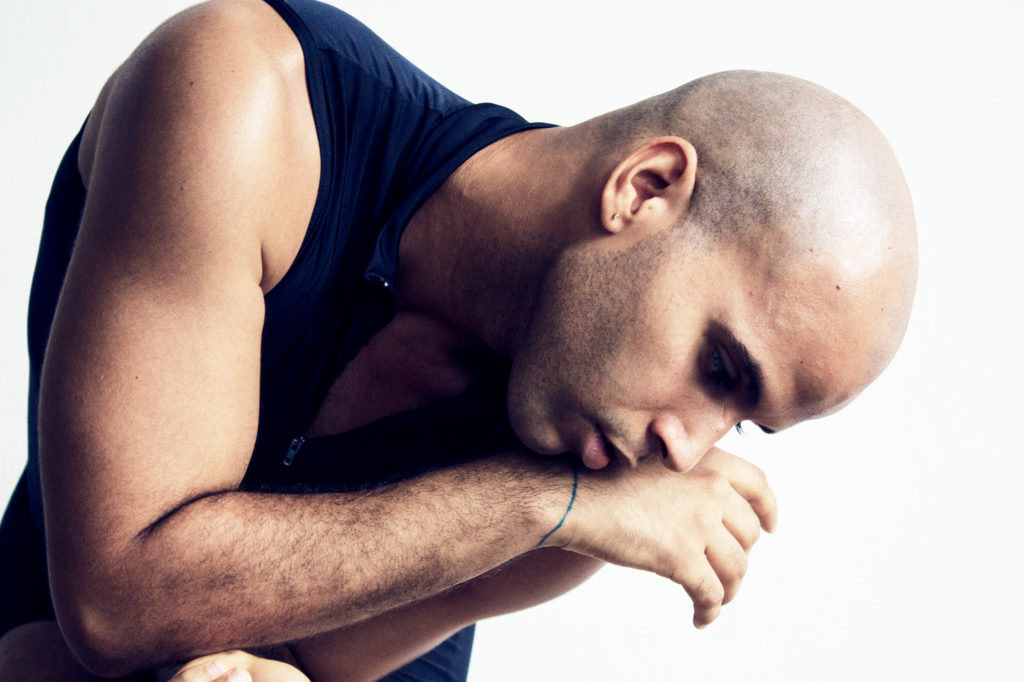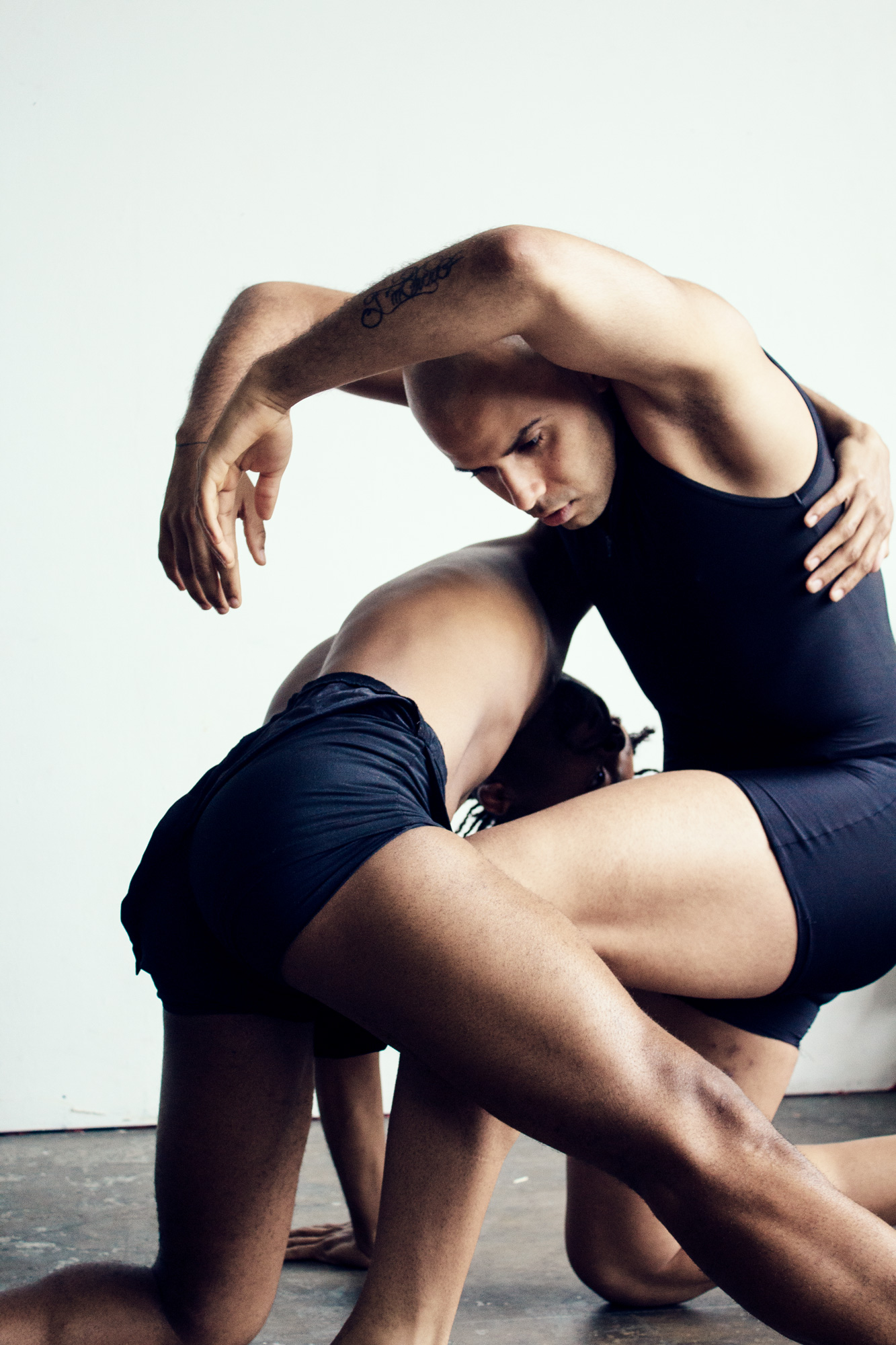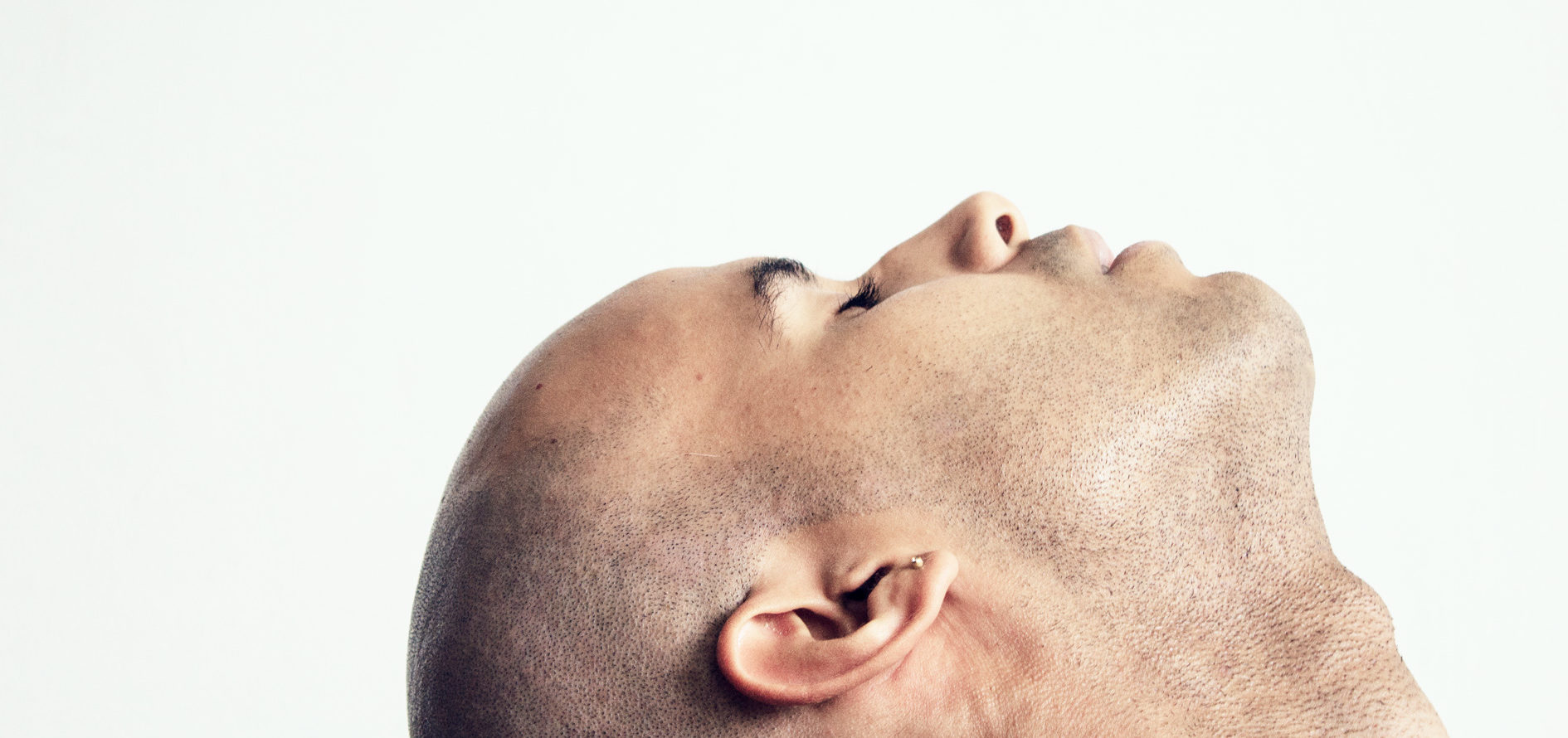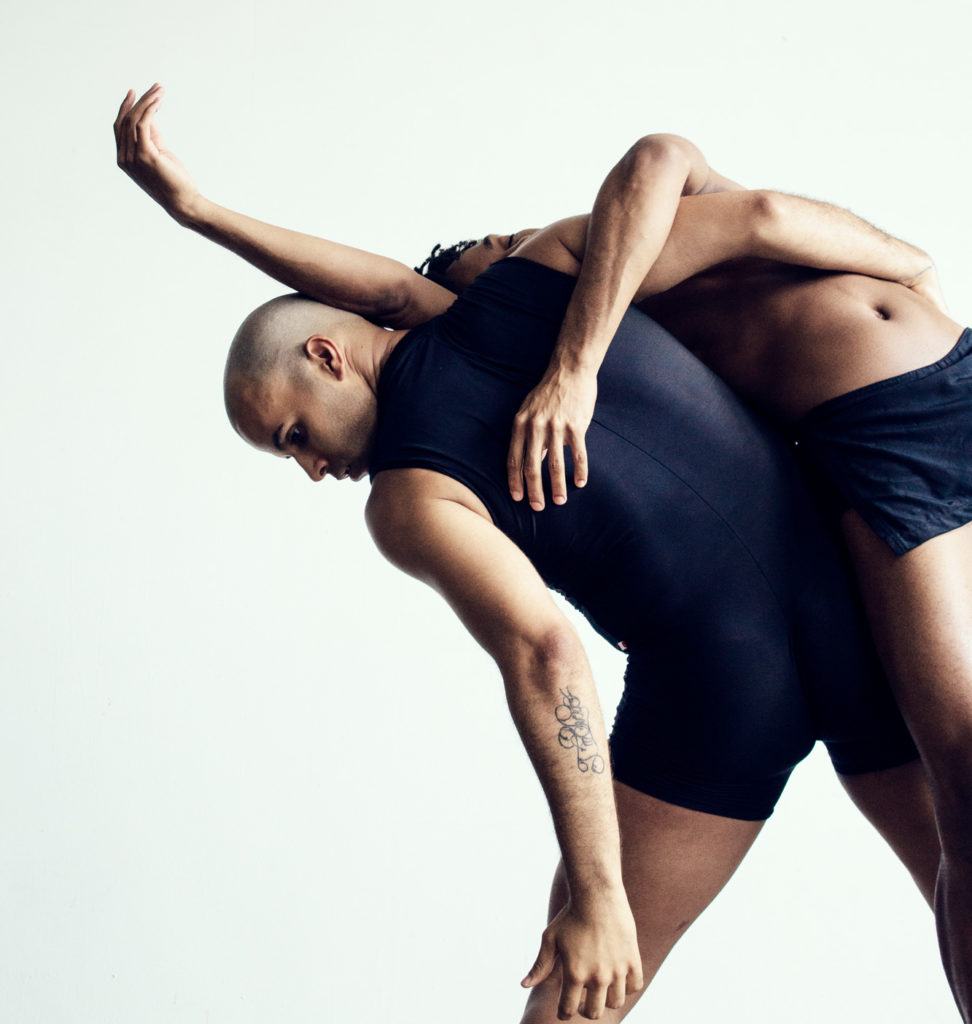Juan-Pablo is a mid-twentysomething Trinidad and Tobago native in New York City changing the way we see dance and each other.
A movement-builder in more ways than one, Juan-Pablo has endured a lot to get to where he is today. Like many male dancers that includes ridicule at the hands of his peers. “Growing up…the jokes and jeers at my gender, sexuality, and identity were difficult to filter out as I tried to figure out myself and my artistry,” he reveals.
“I feel as though being persistent and non-conformist made my self confidence grow to a place where I could address the conflicting feelings that I had about being a male dancer. And once I had classes with other male dancers, it was like a personal validation of my experience.”
This ultimately led to his own realizations around gender and performance. “I feel like we get very caught up with labels, and gender is a very hot topic. But the fluidity that is granted with dance as an aesthetic form, the physicality of it, knows no gender…
And unless you’re playing out a character and you’re acting out a gender, that’s entirely different to just figuring out how you move and realizing that you can detach that from a construct that you think in your mind is something that I’ve really come to know about my masculinity and not feel pressured to expect certain things of myself as a male dancer, as a queer person, as an individual in this society.”
There’s more to dance than meets the eye. And Juan-Pablo knows firsthand exactly the ways it defies conventional notions around why male dancers are strong. “The strength that I have as a male dancer to lift my pairs and support them is not just a physical strength, but it also goes deeper…
There’s emotional presence of support and the support system and community.” And it’s exactly this kind of strength that everyone else takes for granted. That teaches us all the value of staying in touch with the best parts of ourselves, in hopes of modeling that for others.
Juan-Pablo proves that #WhenMenDance they remind us what we’re all missing: meaningful connection. But that it is still within our grasp, if we’re just willing to be vulnerable and reach out.

Juan-Pablo’s Full Story
I dance because–well, first of all, I talk a lot–and in talking a lot, I feel like there are so many things I don’t know how to say with words. And dance gives me a space to explore communication like no other.
There’s no way to fully explain with words the way that our bodies move, and the way that we connect to people when they move, and when we see them move. A memory in a movement that can take you back to your childhood is something that is really spectacular. And I found that in dance, and that’s definitely one of the biggest reasons why I continue to do so.
Growing up, I had a passion for [dance], which put me in a spotlight. The jokes and jeers at my gender, sexuality, and identity were difficult to filter out as I tried to figure out myself and my artistry. I feel as though being persistent and non-conformist made my self confidence grow to a place where I could address the conflicting feelings that I had about being a male dancer. And once I had classes with other male dancers, it was like a personal validation of my experience.
Dance has taught me that there are no ideals. Physically, we get a little caught up in the dance world with all these body images and, when you’re on the stage and you’re moving and you’re really fully invested in the movement, all of that disappears.
All of the things that worry you, all of the anxieties, all of societal pressures that you think about when you’re not dancing, just dissipate for me, personally. Being on stage just kind of let’s it all go. It’s like this freeing moment of presence–and being present–in the moment.
I would say that dance has given me this sense of strength where I saw weakness in terms of ideas that people have about femininity and masculinity. The strength that I have as a male dancer to lift my pairs and support them is not just a physical strength, but it also goes deeper. There’s emotional presence of support and the support system and community. And it all goes back to that for me.
I feel like we get very caught up with labels, and gender is a very hot topic. But the fluidity that is granted with dance as an aesthetic form, the physicality of it, knows no gender.
And unless you’re playing out a character and you’re acting out a gender, that’s entirely different to just figuring out how you move and realizing that you can detach that from a construct that you think in your mind, is something that I’ve really come to know about my masculinity and not feel pressured to expect certain things of myself as a male dancer, as a queer person, as an individual in this society.
I think it’s important to create visibility of men of a variety of shapes and colors in dance for younger generations of male dancers. I think we also don’t hear enough about the lives of male dancers and that could shift focus to more constructive conversations about dance and the performing arts on the whole.
I think that being a male dancer from the Caribbean that wants to connect more spaces in dance makes my journey relevant. Considering that the vast majority of viable career choices that are taken seriously are not in the performing arts, I think that it is very important to be a part of the people that remind others of the important things in life. To me dance does that in ways that can’t be explained like other art forms. The intrinsic connection to our bodies and ancestry is one that I believe if more people experienced the wealth of compassion we would have would literally be otherworldly.


